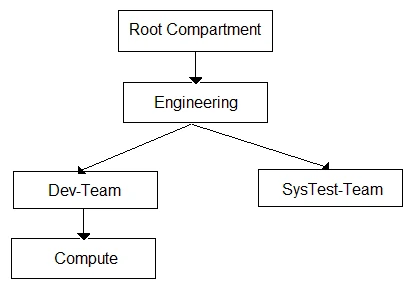Oracle Cloud Infrastructure 2020 Architect Professional
Here you have the best Oracle 1z0-997-20 practice exam questions
- You have 50 total questions to study from
- Each page has 5 questions, making a total of 10 pages
- You can navigate through the pages using the buttons at the bottom
- This questions were last updated on October 24, 2025
- This site is not affiliated with or endorsed by Oracle.
